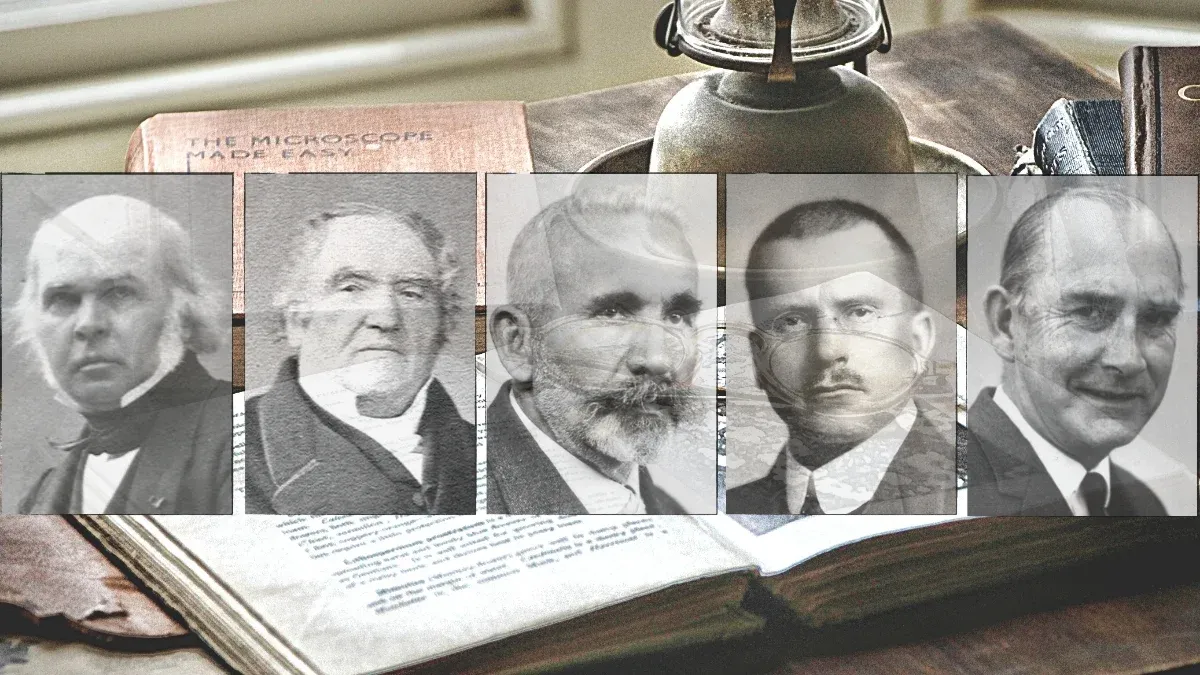HISTORY OF BIPOLAR DISORDER

A man known as Aretaeus of Cappadocia has the first records of analyzing the symptoms of depression and mania in the 1st century of Greece. There is documentation that explains how bath salts were used to calm those with manic symptoms and also help those who are dealing with depression. Centuries passed and very little was studied or discovered.
It wasn’t until the mid-19th century that a French psychiatrist by the name of Jean-Pierre Falret wrote an article describing “circular insanity” and this is believed to be the first recorded diagnosis of bipolar disorder. Years later, in the early 1900s, Emil Kraepelin, a German psychiatrist, analyzed the influence of biology on mental disorders, including bipolar disorder. His studies are still used as the basis of classification of mental disorders today.
The idea of a relationship between mania and melancholia can be traced back to at least the 2nd century AD. Soranus of Ephesus (98–177 AD) described mania and melancholia as distinct diseases with separate etiologies; however, he acknowledged that “many others consider melancholia a form of the disease of mania”.
The earliest written descriptions of a relationship between mania and melancholia are attributed to Aretaeus of Cappadocia. Aretaeus was an eclectic medical philosopher who lived in Alexandria somewhere between 30 and 150 AD. Aretaeus is recognized as having authored most of the surviving texts referring to a unified concept of manic-depressive illness, viewing both melancholia and mania as having a common origin in “black bile”.
A clear understanding of bipolar disorder as a mental illness was recognized by early Chinese authors. The encyclopedist Gao Lian (c. 1583) describes the malady in his Eight Treatises on the Nurturing of Life (Ts’un-sheng pa-chien).
The basis of the current conceptualisation of manic-depressive illness can be traced back to the 1850s; on January 31, 1854, Jules Baillarger described to the French Imperial Academy of Medicine a biphasic mental illness causing recurrent oscillations between mania and depression, which he termed folie à double forme (‘dual-form insanity’).
Two weeks later, on February 14, 1854, Jean-Pierre Falretpresented a description to the Academy on what was essentially the same disorder, and designated folie circulaire (‘circular insanity’) by him. The two bitterly disputed as to who had been the first to conceptualise the condition.
These concepts were developed by the German psychiatrist Emil Kraepelin (1856–1926), who, using Kahlbaum’s concept of cyclothymia, categorized and studied the natural course of untreated bipolar patients. He coined the term manic depressive psychosis, after noting that periods of acute illness, manic or depressive, were generally punctuated by relatively symptom-free intervals where the patient was able to function normally.
The first diagnostic distinction to be made between manic-depression involving psychotic states, and that which does not involve psychosis, came from Carl Gustav Jung in 1903. Jung’s distinction is today referred to in the DSM-IV as that between ‘bipolar I’ (mania involving possible psychotic episodes) and ‘bipolar II’ (hypomania without psychosis). In his paper Jung introduced the non-psychotic version of the illness with the introductory statement, “I would like to publish a number of cases whose peculiarity consists in chronic hypomanic behaviour” where “it is not a question of real mania at all but of a hypomanic state which cannot be regarded as psychotic”. Jung illustrated the non-psychotic variation with 5 case histories, each involving hypomanic behaviour, occasional bouts of depression, and mixed mood states, which involved personal and interpersonal upheaval for each patient.
After World War II, John Cade, an Australian psychiatrist, was investigating the effects of various compounds on veteran patients with manic depressive psychosis. In 1949, Cade discovered that lithium carbonate could be used as a successful treatment of manic depressive psychosis. Because there was a fear that table salt substitutes could lead to toxicity or death, Cade’s findings did not immediately lead to widespread treatments. In the 1950s, U.S. hospitals began experimenting with lithium on their patients. By the mid-60s, reports started appearing in the medical literature regarding lithium’s effectiveness.
The term “manic-depressive reaction” appeared in the first American Psychiatric Association Diagnostic Manual in 1952, influenced by the legacy of Adolf Meyer who had introduced the paradigm illness as a reaction of biogenetic factors to psychological and social influences.
Subclassification of bipolar disorder was first proposed by German psychiatrist Karl Leonhard in 1957; he was also the first to introduce the terms bipolar (for those with mania) and unipolar (for those with depressive episodes only).
In 1968, both the newly revised classification systems ICD-8 and DSM-II termed the condition “manic-depressive illness” as biological thinking came to the fore.
The current classification, bipolar disorder, became popular only recently, and some individuals prefer the older term because it provides a better description of a continually changing multi-dimensional illness.
Empirical and theoretical work on bipolar disorder has throughout history “seesawed” between psychological and biological ways of understanding. Despite the work of Kraepelin (1921) emphasizing the psychosocial context, conceptions of bipolar disorder as a genetically based illness dominated the 20th century. Since the 1990s, however, there has been a resurgence of interest and research into the role of psychosocial processes.
